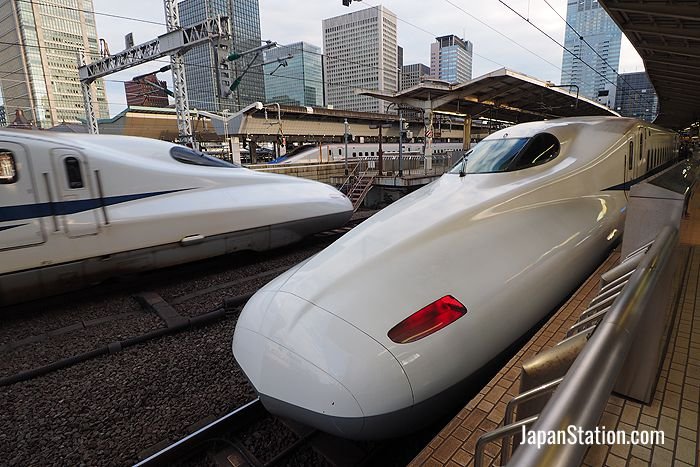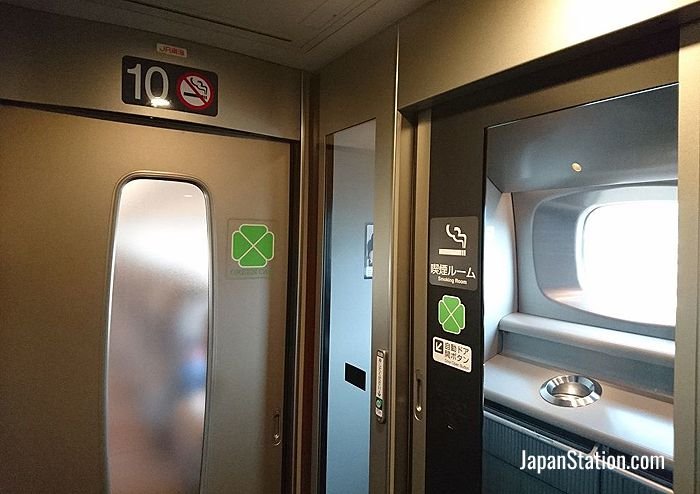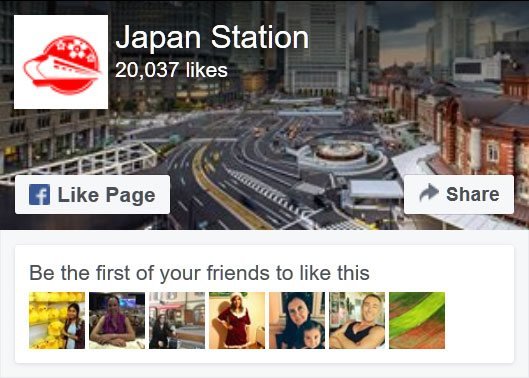Smoking cars are to be removed from all services on the Sanyo and Tokaido Shinkansen lines by the spring of 2020 – which is just in time for the Tokyo Olympics. Currently, only the Tokaido Shinkansen line (between Tokyo and Shin-Osaka), and the Sanyo Shinkansen line (between Shin-Osaka and Hakata), still have smoking seats on their services.
Clearly a lot has changed since the last Tokyo Olympics in 1964 when passengers could smoke anywhere they liked on a shinkansen. Some 53 years later smoking cars are about to disappear entirely from the Japanese archipelago.

N700A series shinkansen train at Tokyo station
From March of this year, regular Nozomi and Hikari through services on the Tokaido and Sanyo lines which use the latest N700A series trains have only non-smoking cars. However, they still have standing smoking rooms on the decks between carriages. Apart from special train services that run on weekends or during vacation periods, the only regular trains that still have smoking cars are those that use the old N700 series trains. These are the Kodama service on the Tokaido line and some Hikari services on the Sanyo line. JR Central and JR West plan to retire these trains by the spring of 2020.

Smoking room on N700 series shinkansen train
The first non-smoking seats were introduced on a single carriage of the Tokaido line’s Kodama service on a trial basis in 1976. By 1996, in response to calls for more non-smoking seats, the ratio between smoking and non-smoking seats had reversed. With this year’s new spring schedule smoking cars on JR Central’s shinkansen services have been reduced to just 66 out of 2,128 cars (3% of the total), and on JR West’s shinkansen services smoking cars total just 45 out of 1,116 cars (4%).
JR East made its Tohoku, Joetsu, Yamagata, and Akita shinkansen services completely non-smoking, without any smoking rooms in March 2007. The Hokuriku Shinkansen line, which was extended from Nagano to Kanazawa in 2015, and the Hokkaido Shinkansen line which was opened in 2016, are completely non-smoking too. The Kyushu Shinkansen line which opened in 2004, also has no smoking cars and only has smoking rooms on through services from the Sanyo line. The Linear Chuo Shinkansen, which is scheduled to begin commercial operations between Tokyo and Nagoya in 2027, will also be completely smoke-free.
Article by Michael Lambe. All rights reserved.

